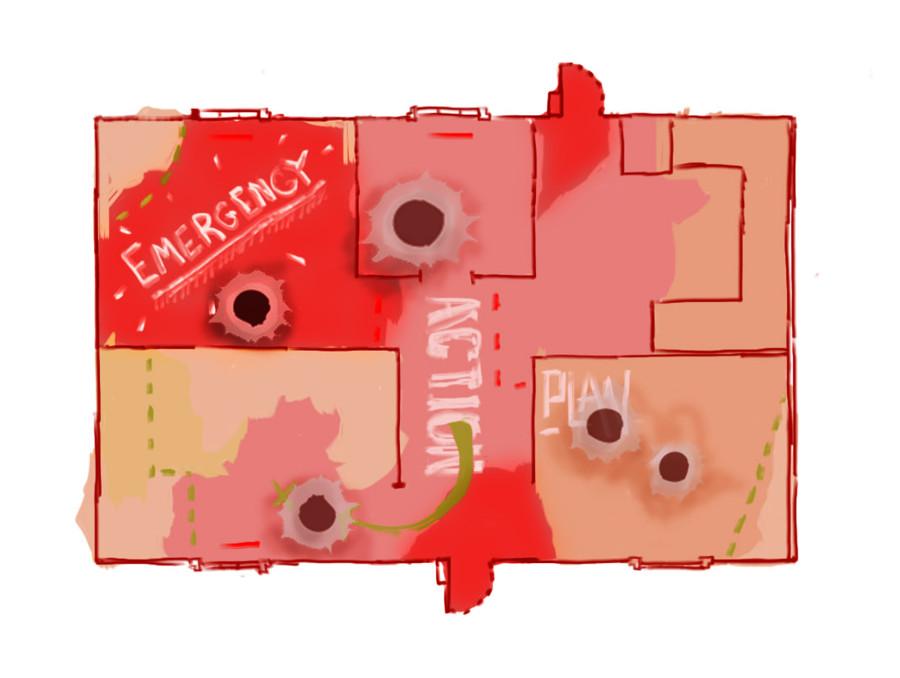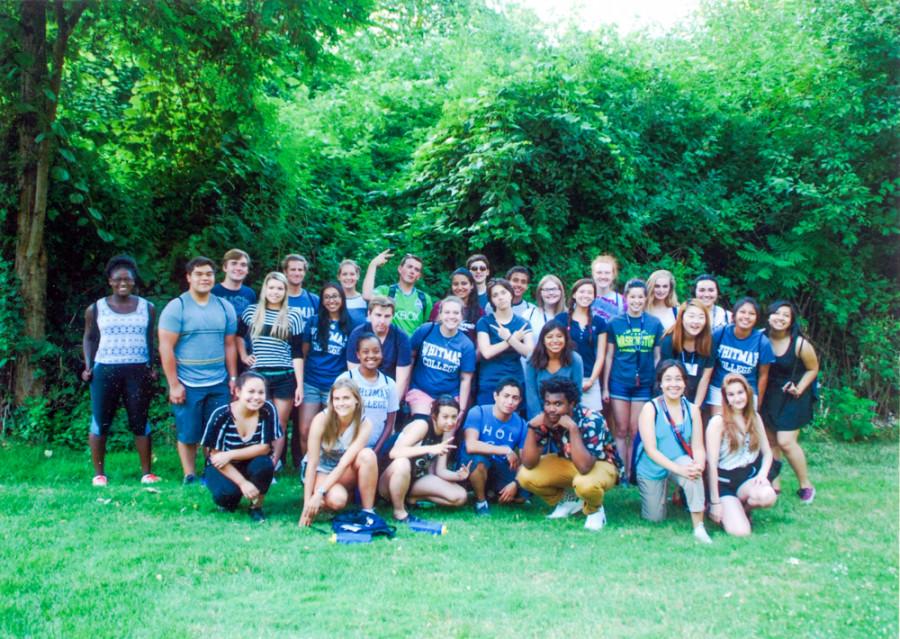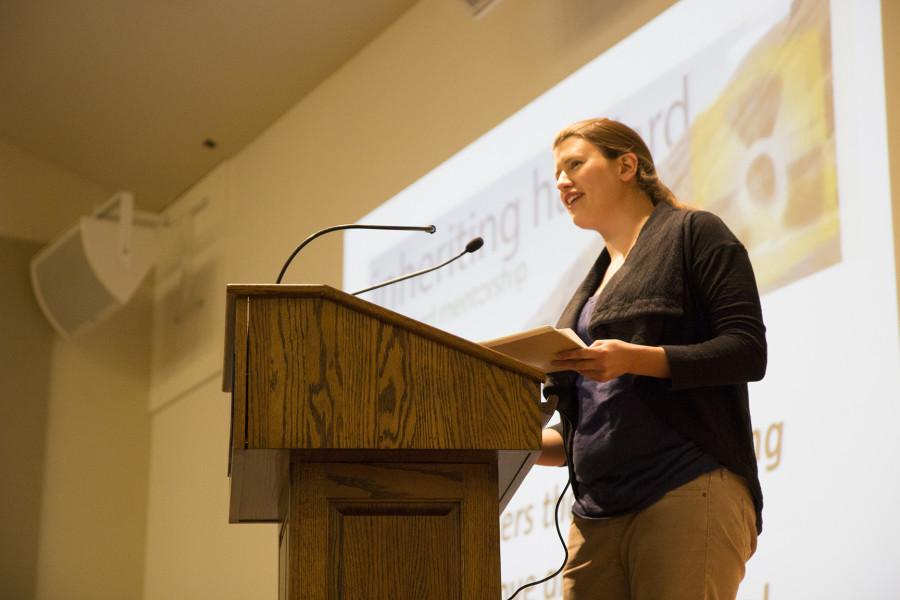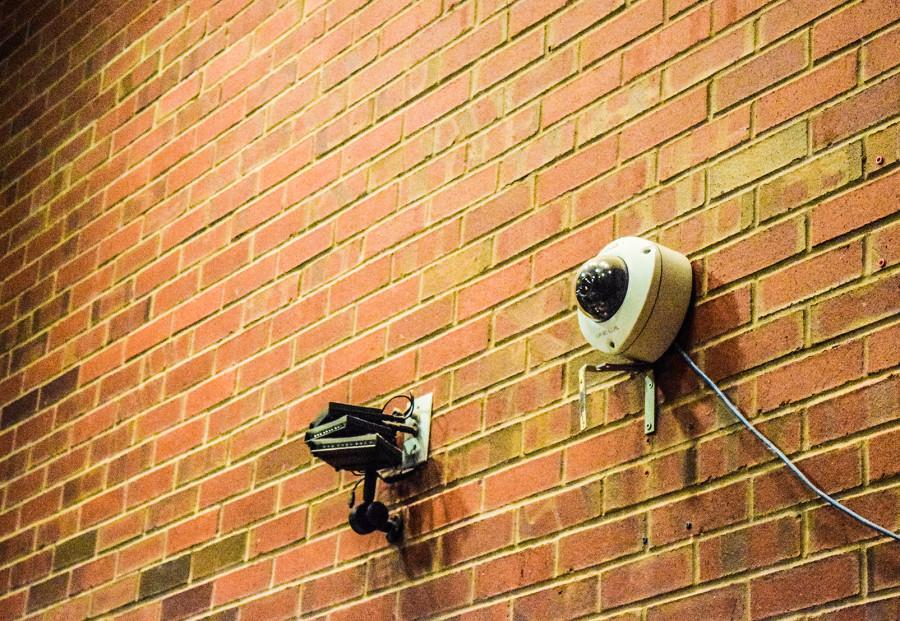Political posters typically have a short lifespan around the Whitman campus, due to a combination of vague policies on where materials can be posted and the rapid removal of posters with political messages.
The rapid removal of political posters was particularly visible at the end of September and beginning of October this year, as students in Beginning Printmaking created political posters as an assignment, and they were placed around campus. Nearly all of the political posters were rapidly removed. Although some were placed in locations where student posters are not allowed, the removal of all but a few posters with less confrontational material has left some students in the class wondering about consistency regarding poster removal on campus.
The project was designed around the concept of creating a political poster that combined two colors in an image. The topics varied by student, ranging from images questioning the Whitman mascot, warning against rape culture and raising questions about whether Whitman provides a safe space for diversity. Once the images were printed, students spread their work out to locations on campus that were relevant to their posters’ messages.
“It was putting them up wherever we thought the biggest impact would be because it was largely us trying to figure out who our audience was because that’s a large component of creating political posters,” said senior Mahon Yoder.
Popular places for the prints were in Penrose Library, Reid Campus Center and Memorial Building. However, all posters placed in Memorial were removed within hours, while the library eventually removed all prints within a few days. These events inspired conversations in the class about the role of prints in public forums.
“This is where we have a discussion in class, about who does public space belong to and are the walls of [buildings on campus] …. fair game for what we want to put up?” said Assistant Professor of Art Nicole Pietrantoni, who teaches Beginning Printmaking. “I think the answer is often no, most people don’t view it as ‘You can put a poster up anywhere on campus.’ There are usually designated spaces for where you put up posters.”
Although rules for posters not approved prior to placement vary by building, in general they are removed if they are put anywhere other than bulletin boards. Popular areas for posters, including bathrooms and hallways, are often not approved by policy.
Students in the printmaking class noted that these guidelines can be inconsistently enforced, as more controversial posters are removed quickly while other posters placed in identical locations are left untouched for long periods of time.
“Everyone in the community [puts up posters] and I’ve seen things stay up for months, and then the moment you put up something confrontational it gets taken down in a day,” said junior Marlee Raible.
Students note that the removal and even vandalism of some posters highlight the impact and need for political posters to be put up. For example, when one student’s poster was vandalized with a written retort questioning the posters, some students took that as a sign of the poster’s importance.
“It kind of directly addressed the need for the poster. So by the person writing on the poster, they kind of showed how much it was needed in that space,” said Yoder.
This observation was also cited by Pietrantoni, pointing to the removal as a positive artistic experience for her students to take from this assignment.
“I think the fact that people either care enough or notice the work to … take it down is important and significant,” said Pietrantoni.











